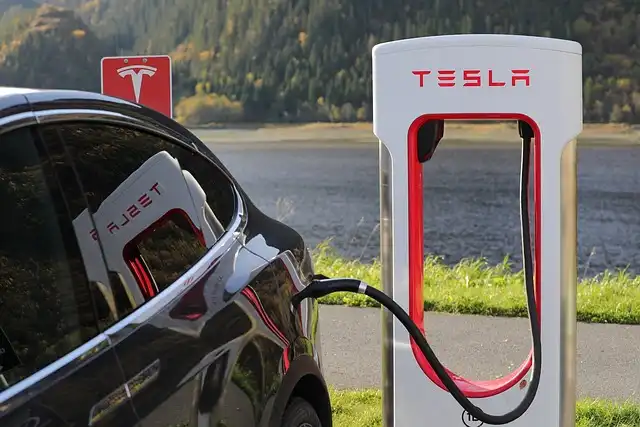EREVs: Bridging the Gap to Full EVs, China’s Adoption Surge

Extended-range electric vehicles (EREVs) are gaining traction, especially in China. EREV sales jumped 83% in China. EREVs offer a practical transition to full EVs amid charging infrastructure concerns and EV sentiment.
Still, EREVs can be the missing web link. If that takes place, EREVs will have done their job by speeding up the change away from gas-only cars.
EREVs: A Solution for EV Adoption?
The record includes that the typical EREV in China in 2024 had a 39-kilowatt-hour battery pack, an electric-only variety of 170 kilometers (105 miles) and operated in electrical setting greater than 70% of the moment. BloombergNEF jobs EREV fostering to exceed plug-in hybrids in China by the end of the decade. That’s a huge landmark that might function as a testbed for various other regions in the world fighting with EV fostering, like the U.S.
According to BloombergNEF’sElectric Vehicle Outlook 2025, EREVs are the fastest-growing drivetrain globally, fueled largely by explosive demand in China. Consider them as crossbreeds that run largely on electric power. The wheels are driven solely by electric motors and the battery can be connected in like a normal EV. There’s also a gas engine onboard that works as a generator to bill the battery, and it does that by rotating at the most efficient speeds.
China’s EREV Market Boom
In 2024, EREV sales in China jumped 83% to 1.2 million systems, routing behind PHEVs (3.4 million) and fully electrical models (6.3 million). EVs still control that market, but E-REVs are confirming to be a significantly attractive alternative for buyers that aren’t ready to go all-electric. These automobiles allow chauffeurs cover the majority of their miles without tailpipe emissions, while using rather of a safeguard when there are no trusted billing options in the vicinity– although that’s extremely rare in China, where public EV charging terminals much exceed traditional filling station.
According to BloombergNEF’sElectric Vehicle Outlook 2025, EREVs are the fastest-growing drivetrain internationally, sustained mostly by eruptive demand in China. In 2024, EREV sales in China jumped 83% to 1.2 million units, trailing behind PHEVs (3.4 million) and fully electrical versions (6.3 million). The record includes that the average EREV in China in 2024 had a 39-kilowatt-hour battery pack, an electric-only variety of 170 kilometers (105 miles) and operated in electrical mode much more than 70% of the time. BloombergNEF jobs EREV adoption to go beyond plug-in hybrids in China by the end of the decade.
EREVs vs. Full EVs: Consumer Perspective
None of this is to state that EREVs will be a silver bullet to our environment issues. It stays uncertain just how mainstream purchasers will respond to another strange drivetrain, even one that’s made to reduce those extremely issues.
Now, an additional group is getting traction: extended-range electrical automobiles, or EREVs. They’re not completely new– the Chevy Volt was what we ‘d call an EREV today– but a brand-new type of them is currently surging in popularity, specifically in China.
EREVs in the US Market
Researches reveal that once consumers change to full EVs, they seldom go back to gas. But the wider EV sentiment has sort of moistened in the united state this year in the middle of aggressive moves in Congress to take apart Biden-era climate policies. Also Tesla Chief Executive Officer Elon Musk, in spite of as soon as being the president’s “first pal,” could not do much to program correct the nation in the direction of enhanced EV adoption. While EREVs are yet to proliferate in the U.S., a number of models are in the pipe.
1 China EVs2 electric vehicles back
3 EREV
4 EV adoption
5 plug-in hybrid vehicles
« Fuel Additives: Choosing the Right One for Your CarClassic Car Woes: Impala, Women, and Supernatural »
